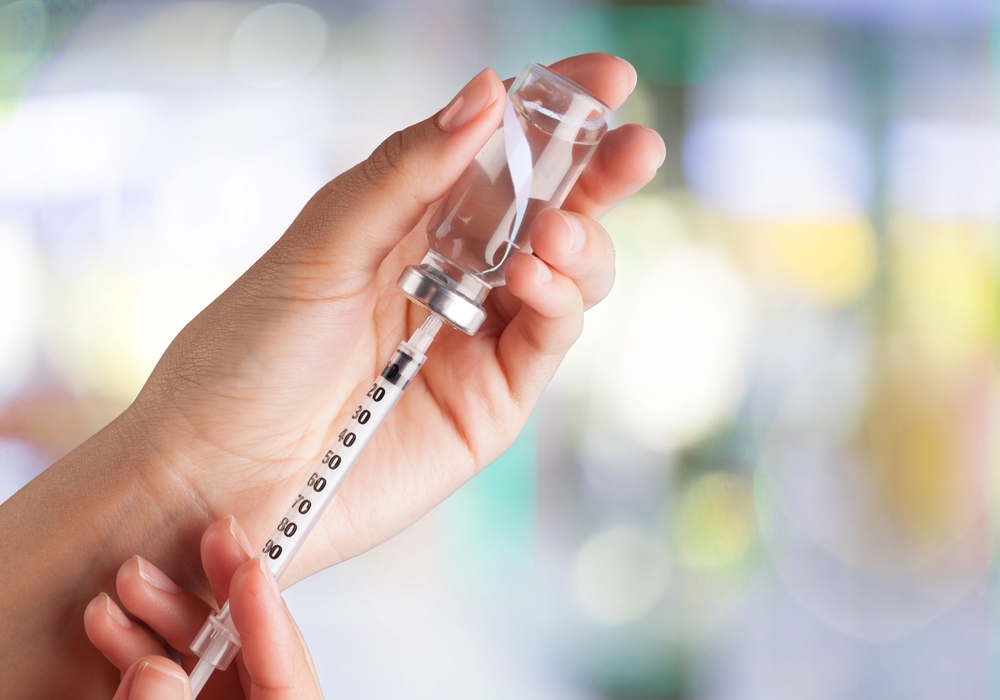Polypharmacy is a big topic in geriatrics. In the case below, I provide an example of diabetes medications and how we can try to minimize medications. Specifically, I look at the use of sulfonylureas with long acting insulin. An 88 year old female with a past medical history of CHF, edema, hypertension, type 2 diabetes, hyperlipidemia, anxiety, urinary retention and frequency, COPD, and anemia.
Medications:
- Aspirin 81 daily
- Metoprolol XL 100 mg daily
- Lasix 20 mg daily
- Lipitor 20 mg daily
- Amaryl 2 mg daily
- Lantus 25 units daily
- Xanax 0.25 mg at bedtime as needed
- Vesicare 5 mg daily
- Duonebs QID
With an A1C value reported at 6.1 and an already substantial dose of Lantus, this is a classic example where you could look at discontinuing the low dose sulfonylurea (remember that sulfonylureas stimulate insulin release) and monitor the A1C and accuchecks going forward.
Another possible source of reducing medications would be to look at the Duonebs. Assessing respiratory status and identifying if this patient has ever been on or would be a candidate for a long acting anticholinergic or possibly a long acting beta agonist would be an appropriate thing to look at.
The bladder anticholinergic (Vesicare) is always an important medication I like to look at and make sure that this patient is actually benefiting. If you’d like to add any questions or concerns, please feel free to do so!
Enjoy the blog? Take advantage of the FREE 6 page PDF with 30 medication mistakes that I’ve seen in my everyday practice as a clinical pharmacist!



I agree that relaxing glycemic control is likely indicated but might argue in reverse of your strategy. The Lantus dose is not that substantial and imposes a much higher burden for administration and monitoring than oral therapy. At 2mg daily there is plenty of room for titration; further we tend to use glipizide BID-AC in our practice frequently as we can dose with breakfast and supper and use the Tmax peak as a bolus that covers those BGs; the plateau elimination phase then provides basal coverage, almost like an oral 70/30. Actually, it is very common for us to continue glipizide when we add insulin–ie BIDS therapy (bedtime insulin daytime sulfonylurea), here we are using the SFU to get additional prandial coverage. You could potentially improve your patients QoL substantially this way. If additional pharmacotherapy were needed plenty other oral meds available and keep in mind with this med relaxed A1c goal of <8% probably indicated given advanced age, ? established CAD (ASA, beta blocker, statin), likely long history of T2DM.
Nicely said JSRebel
Great ideas! Definitely valid points.